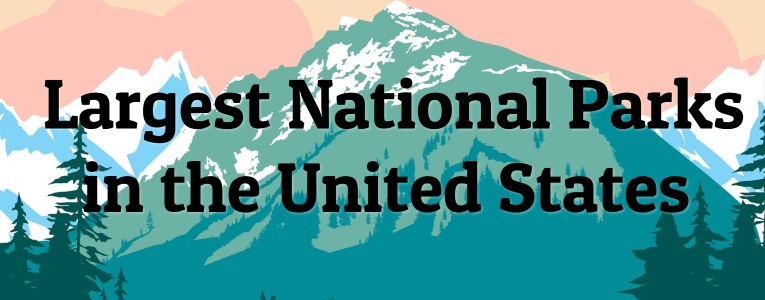So, what are some of the largest national parks that you can visit in America? Today we’ll be looking at ten of the largest national parks in the United States, and learning about some of the traits that make each of them worth visiting.
-
Everglades
Location: Florida
Year Established: 1947
Main Attraction: Shark Valley
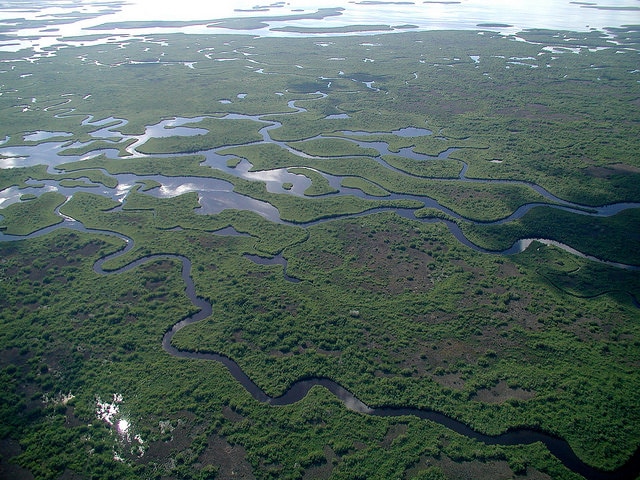
Source: flickr.com
With bragging rights as both the largest continuous stretch of sawgrass prairie in North America and the largest mangrove ecosystem in the western hemisphere, the Everglades is one of the most unique parks in the nation. The sawgrass that grows on the prairie sports rough edges sharp enough to cut through clothing, and can grow up to six feet tall.
Did You Know?
The Everglades are home to the endangered Florida Panther, as well as 36 other threatened or endangered species.
-
Kobuk Valley National Park
Location: Alaska
Year Established: 1980
Main Attraction: Kobuk River
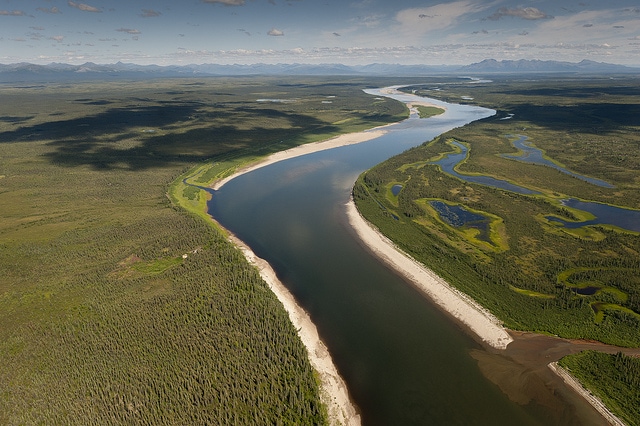
Source: flickr.com
Receiving fewer visitors each year than any other national park, Kobuk Valley National Park is located entirely above the Arctic Circle and shares its northern border with Noatak National Preserve. It is also considered to be the most remote national park, with no visitor centers, signs, campgrounds, or roads whatsoever to be found.
Did You Know?
Kobuk Valley National Park features the northernmost sand dune field in the Western Hemisphere.
-
Yellowstone
Location: Wyoming, Montana, and Idaho
Year Established: 1872
Main Attraction: Old Faithful
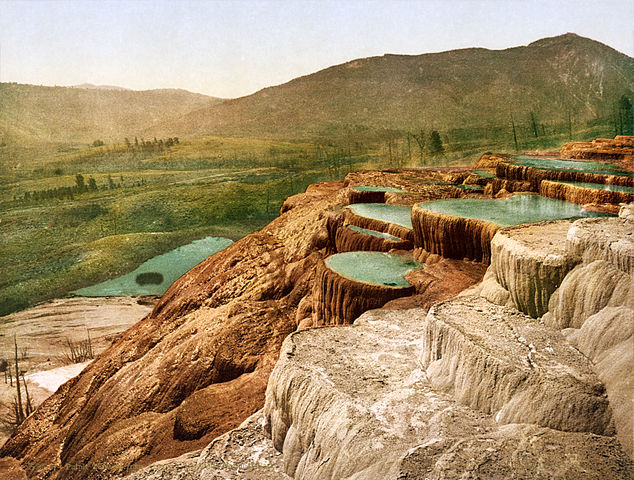
Source: wikimedia.org
Measuring to be larger than the states of Rhode Island and Delaware combined, Yellowstone National Park is famous for everything from majestic bison to powerful geysers. Yellowstone was designated a UNESCO biosphere reserve in 1976, and later a UNESCO World Heritage Site as well. Tourists from around the world travel to see this national park’s remarkable terraces and bubbling sulfur springs.
Did You Know?
The Yellowstone Caldera, which serves as a reminder of the past explosion that molded the unique landscape we see today, takes up much of the park.
-
Lake Clark
Location: Alaska
Year Established: 1980
Main Attraction: Redoubt volcano
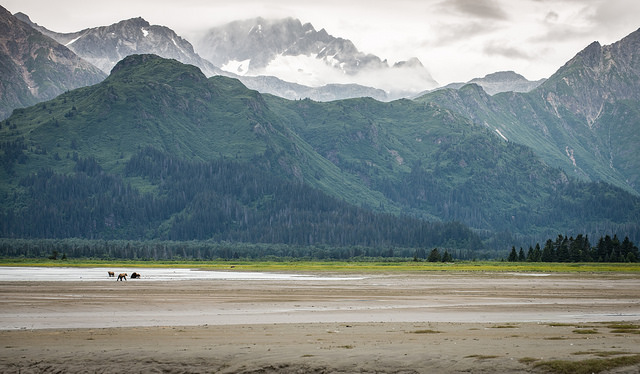
Source: flickr.com
Along with its diverse wildlife including caribou, wolves, and grizzly bears, Lake Clark National Park is also home to Mount Redoubt, an active volcano. Mount Redoubt is the highest point in the park, and spewed ash that interfered with the flight of a KLM Boeing 747 in 1989. Fortunately, the plane was able to make it safely to Anchorage despite its four engines failing.
Did You Know?
Lake Clark was originally called “Qizhjeh Vena,” which means ‘a place where people gathered’ in Dena’ina Athabascan.
-
Glacier Bay
Location: Alaska
Year Established: 1980
Main Attraction: Mount Fairweather
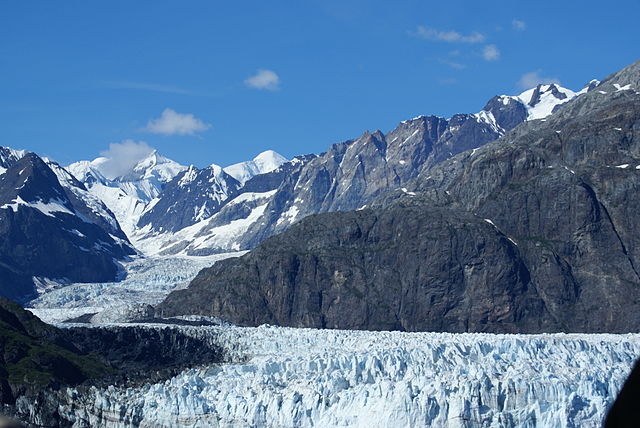
Source: wikimedia.org
Designated as a National Monument in 1925 before it was established as a National Park, Glacier Bay is considered to be one of the most inspiring places on the continent. Glacier Bay National Park ecompasses the wilderness that is home to the Huna Tlingit people. This was a source of contention in the past, but has been largely smoothed over in the present.
Did You Know?
The massive icebergs of Glacier Bay periodically break and collide with the water, creating a powerful sound that the Tlingit call “White Thunder”.
-
Death Valley
Location: California
Year Established: 1994
Main Attraction: The Racetrack playa
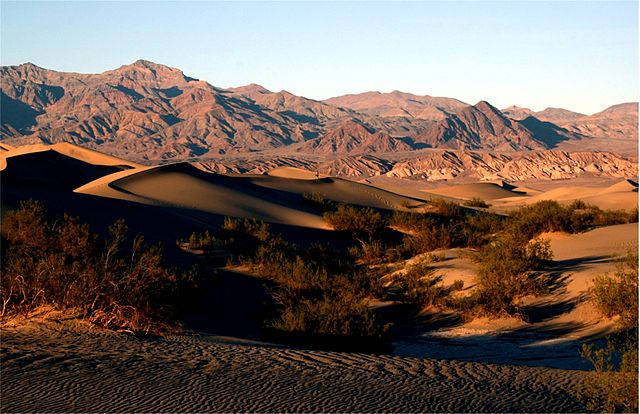
Source: wikimedia.org
Death Valley is the source of some of the hottest temperatures on Earth, as well as the driest spot in the world. The famous valley itself is around 140 miles long, located in the northern Mojave Desert and bordering the Great Basin Desert.
Did You Know?
The famous Racetrack playa of Death Valley National Park is the site of the mysterious Sailing Stones. These stones seem to move across the playa on their own, leaving trails in their wake, and their movements might be attributed to ice formation.
-
Katmai
Location: Alaska
Year Established: 1980
Main Attraction: Katmai volcano
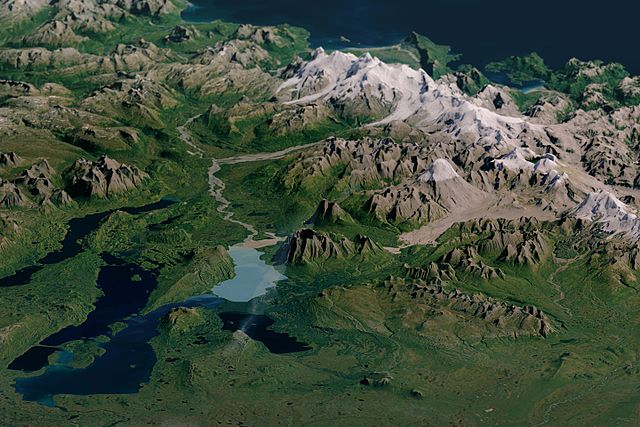
Source: wikimedia.org
With fifteen volcanoes and a population of around 2,000 brown bears, Katmai National Park boasts a high reputation as one of the most raw and powerful places in North America. The striking landscape located at the park’s center is known as “The Valley of 10,000 Smokes,” and was formed after the Katmai eruption of 1912.
Did You Know?
When measured by volume, the 1912 Katmai eruption of a mound called “Novarupta” was found to have been 30 times larger than that of Mount St. Helens in 1980.
-
Denali
Location: Alaska
Year Established: 1917
Main Attraction: Denali (formerly Mt. McKinley)
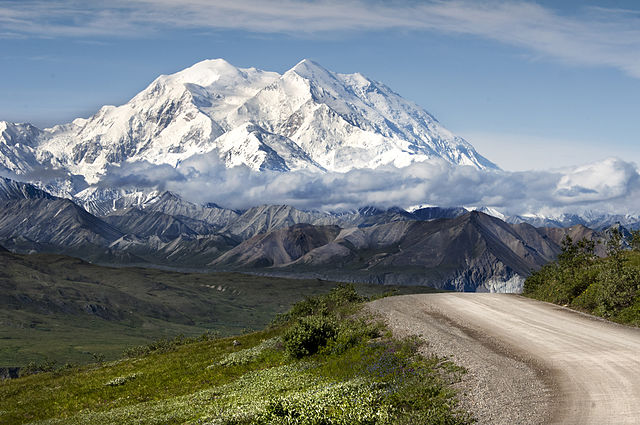
Source: wikimedia.org
Proudly featuring Denali, the tallest mountain peak in North America and third highest of the Seven Summits, Denali National Park is the true gem of the Alaskan interior. This pristine National Park also boasts nearly 12,000 lakes and around one million acres of glaciers. In the park’s extreme wilderness, there is only one road. While the distance people can travel on this road is normally limited, the annual road lottery offers an exception.
Did You Know?
Denali, which means “The Great One,” reaches a stunning 20,237 feet in height!
-
Gates of the Arctic
Location: Alaska
Year Established: 1980
Main Attraction: Endicott Mountains
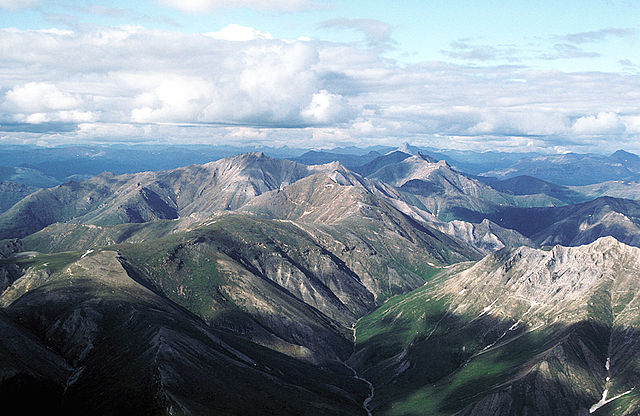
Source: wikimedia.org
In 1978 the Gates of the Arctic National Monument was created, and was later expanded into the Gates of the Arctic National Park. This park sees less traffic in a year than the Grand Canyon gets in a single day during peak season, and gives tourists ample room to explore the raw wilderness. The Gates of the Arctic National Park is also home to six National Wild and Scenic Rivers.
Did You Know?
The gorgeous Endicott Mountains are located towards the center of the park, making up part of the central Brooks Range.
-
Wrangell-St. Elias
Location: Alaska
Year Established: 1978
Main Attraction: Mt. St. Elias
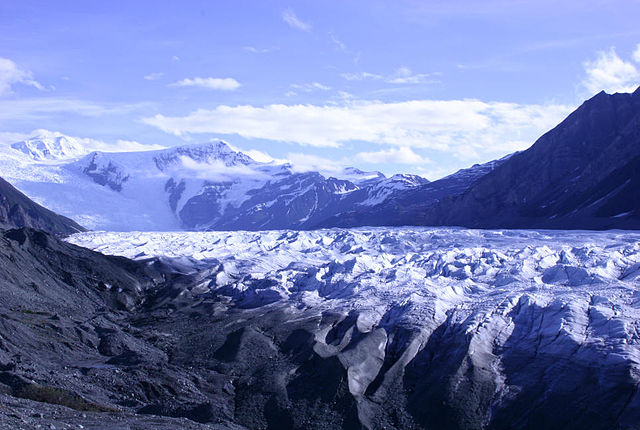
Source: wikimedia.org
Wrangell-St. Elias is the largest national park in the United States. This sprawling park is approximately six times the size of Yellowstone National Park. It is also the largest wilderness area in the National Wilderness Preservation System and the world’s largest international protected wilderness.
Did You Know?
The beautifully rugged Wrangell-St. Elias National Park has only two roads that connect it to the outside world. These two roads lead to small communities that have sustained since their origins as old mining towns.
